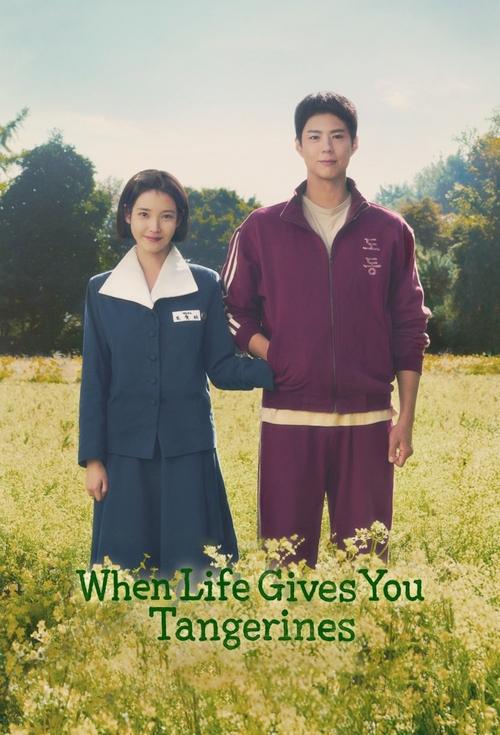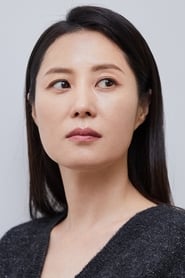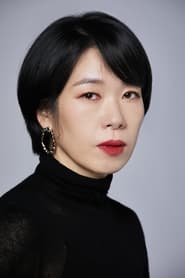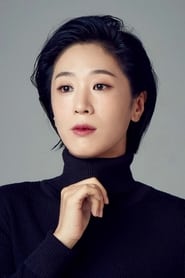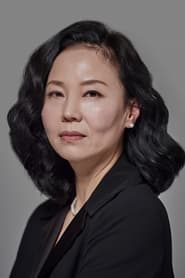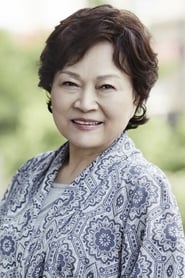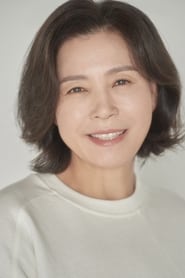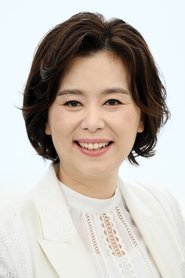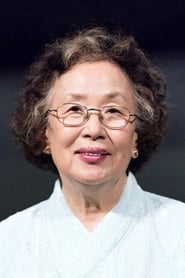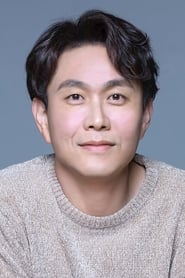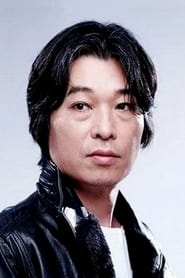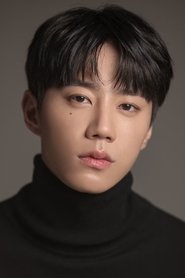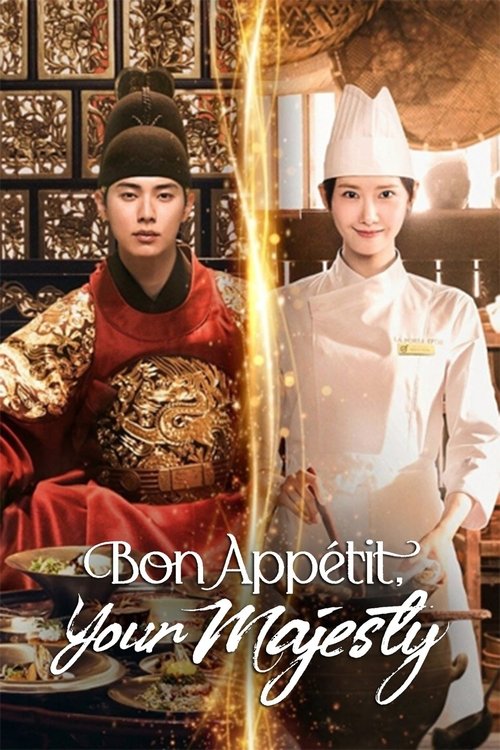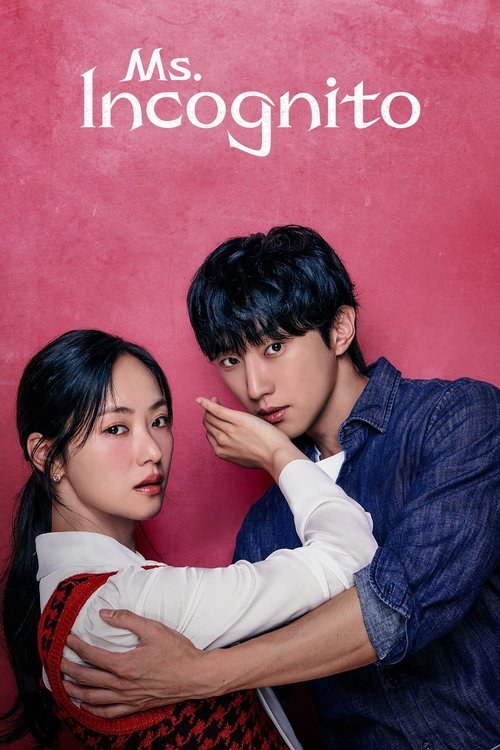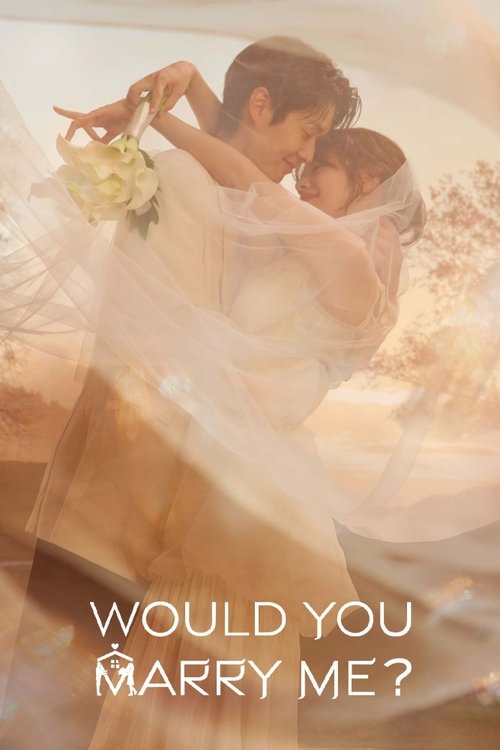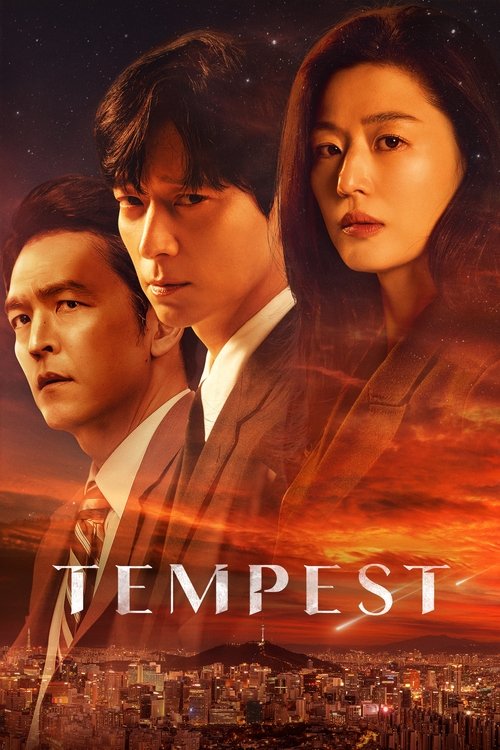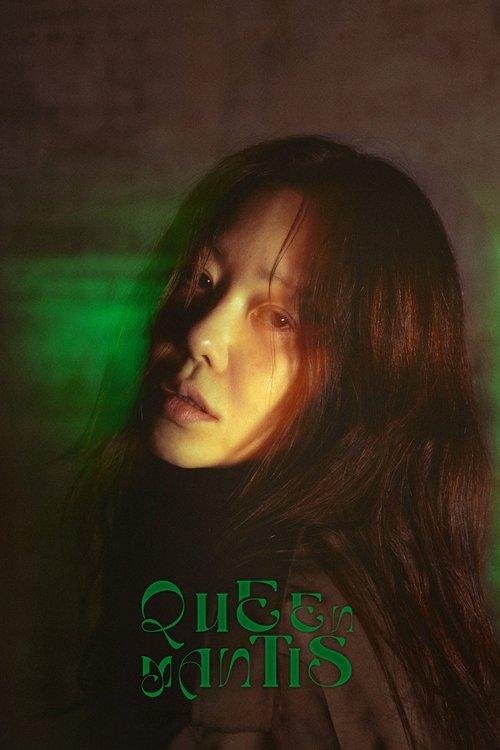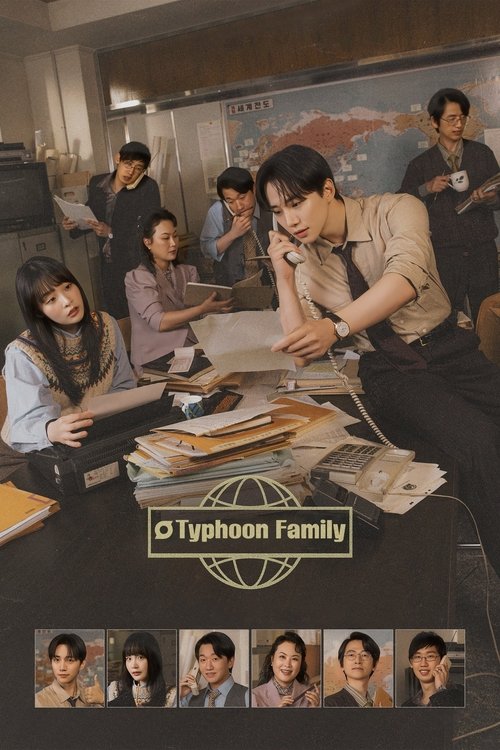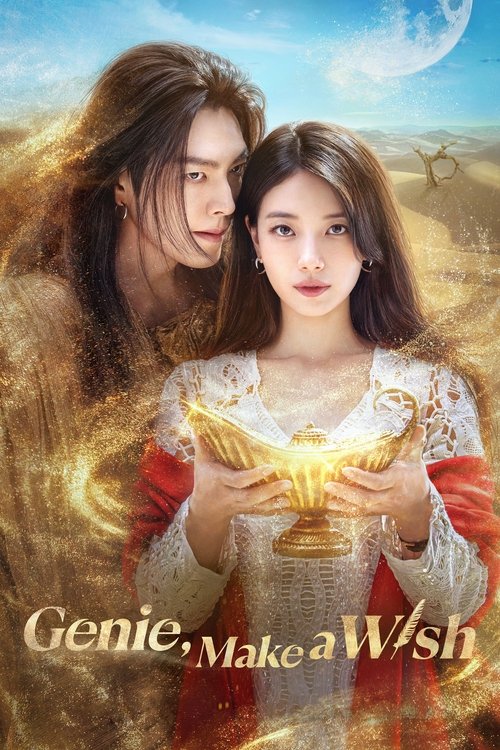
Ask Your Own Question
What is the plot?
The story begins in 1951 on Jeju Island during the Korean War. Ae-sun, a young girl, lives with her mother, a haenyeo (female diver), who suffers from a medical condition caused by her diving work. Ae-sun's mother eventually dies from this condition, leaving Ae-sun orphaned after her father had already passed away. This loss worsens Ae-sun's already poor situation, as she becomes the caretaker of her younger half-siblings under the care of a harsh stepfather.
Ae-sun's classmate and fellow villager, Gwan-sik, is a quiet and loyal boy who supports her through these hardships. He sells cabbages for her at the market and brings her extra fish when her stepfather neglects to feed her. Despite their youth, Gwan-sik's affection for Ae-sun grows, and they develop a tender but challenged love, facing disapproval from Gwan-sik's parents and his shamanistic grandmother.
As Ae-sun grows into her teenage years, she dreams of escaping the fishing life of Jeju Island by marrying a wealthy man on the mainland and becoming a renowned poet. However, she finds comfort and solace in her relationship with Gwan-sik, which ultimately outweighs the allure of an easier life. In a dramatic, rain-soaked scene reminiscent of Romeo and Juliet, Ae-sun chooses to stay with Gwan-sik rather than pursue the coldhearted man from the city.
Despite their youth and naivety, Ae-sun and Gwan-sik run away together to Busan, seeking a new life. However, they are quickly disillusioned by the harsh realities of the world outside their village. Their naivety leads to struggles and setbacks as they try to navigate life in the city.
The narrative then shifts between Ae-sun's youth and her middle-aged years, showing how the couple's love endures through time. Ae-sun grows from a bright, aspiring poet into a loving wife, mother, and grandmother, rooted in the rhythms of her hometown. Gwan-sik remains steadfast by her side, their relationship marked by quiet resilience rather than dramatic triumphs.
Throughout the series, the story explores themes of generational conflict, unfulfilled ambitions, and the strength found in everyday life. Ae-sun's decision to remain in Jeju and build a family with Gwan-sik reveals a profound acceptance of simplicity shaped by cultural and personal limitations.
The show closes with scenes of Ae-sun in her old age, looking out at the sea, reflecting on a life filled with both hardship and enduring tenderness. The community of Jeju and the natural beauty of the island provide a backdrop to this lifelong tale of love, loss, and quiet perseverance.
What is the ending?
The ending of When Life Gives You Tangerines is a bittersweet farewell centered on the love story of Oh Ae Sun and Yang Gwan Sik. Gwan Sik dies from a terminal illness, leaving Ae Sun to carry on their legacy with strength and resilience. The series closes with Ae Sun reflecting on aging and life, surrounded by their children and the community of Jeju, symbolizing continuity and the enduring spirit of love and sacrifice.
Expanded narrative of the ending scene by scene:
The final episodes focus heavily on Gwan Sik's declining health due to a terminal condition. Despite his illness, he devotes his remaining time to caring for Ae Sun, performing small acts of love such as fixing their home and organizing things to make her life easier after he is gone. These gestures underscore his deep commitment and affection for her.
As Gwan Sik's condition worsens, Ae Sun remains by his side, providing comfort and companionship. Their interactions are tender and filled with unspoken understanding, highlighting the quiet sacrifices they have made for each other over the decades.
Gwan Sik's death is portrayed with poetic solemnity. The scene is intimate and emotional, focusing on the profound bond they share. Ae Sun reassures him that she was never lonely because of his presence, encapsulating the theme of enduring love.
Following his passing, the narrative shifts to Ae Sun's life as a widow. She is shown continuing her daily routines with a sense of purpose, supported by their children and the Jeju community. The establishment of a Haenyeo Museum in the final episode serves as a tribute to the strength and independence of Jeju's women, mirroring Ae Sun's own resilience.
Ae Sun's reflection to her daughter Geum-myeong about aging--"Getting old is nothing special. You feel the same on the inside, but when you look in the mirror, you see an old woman"--provides a poignant closing line that ties together the series' exploration of life's passage and the persistence of identity despite physical change.
Regarding the fates of the main characters at the story's end:
- Yang Gwan Sik dies from his illness but leaves behind a legacy of love and care.
- Oh Ae Sun survives him, embodying resilience and the continuation of their shared life and values.
- Their children and grandchildren carry forward the family's story, supported by the community of Jeju.
- The series also hints at a symbolic reincarnation through the character Chloe Lee, connecting past and future generations.
This ending encapsulates the series' themes of love, sacrifice, aging, and cultural heritage, closing the 70-year saga with emotional depth and a sense of hopeful continuity.
Who dies?
Is there a post-credit scene?
There is no specific mention of a post-credit scene in "When Life Gives You Tangerines" in the available information. However, the ending credits do include a "Production Babies" section, which lists names or nicknames of individuals involved in the production, such as Kim Jung-won to Dallok. This section is not a traditional post-credit scene but rather a way to acknowledge the contributions of those involved in the show.
The finale of "When Life Gives You Tangerines" is a bittersweet conclusion that ties up the love story of Oh Ae Sun and Gwan Sik with warmth, sacrifice, and a touch of fate. The ending focuses on the emotional closure of the characters, particularly Ae Sun's reflection on life and her conversation with her daughter Geum-myeong. The final scenes emphasize the cyclical nature of life, where despite hardships, there is always hope for renewal and growth.
In the final episode, Ae Sun reflects on aging and the passage of time, sharing profound insights with Geum-myeong. The narrative concludes with a sense of closure and emotional satisfaction, answering key questions about the characters' futures. However, there is no detailed description of a post-credit scene that adds additional plot or surprises beyond the main narrative.
Is this family friendly?
When Life Gives You Tangerines, a 2025 South Korean romance drama, may not be entirely suitable for young children due to its mature themes and emotional depth. Here are some aspects that could be objectionable or upsetting for children or sensitive viewers:
-
Societal Pressures and Women's Struggles: The series explores themes of societal expectations and the challenges faced by women in a traditional setting, which might be emotionally taxing for sensitive viewers.
-
Poverty and Financial Hardship: The main character's family struggles with poverty, which could evoke feelings of sadness or discomfort.
-
Emotional Intensity: The drama is known for eliciting a range of emotions, including sadness and anger, which might be overwhelming for younger audiences.
-
Non-Linear Narrative: The storytelling is non-linear, which could be confusing for some viewers, especially children.
-
Mature Themes: While not explicitly detailed, the series deals with mature themes that might not be suitable for all ages, given its TV-14 rating.
Overall, while the series is praised for its warmth and nostalgia, it may not be suitable for very young children due to its complex themes and emotional depth.

